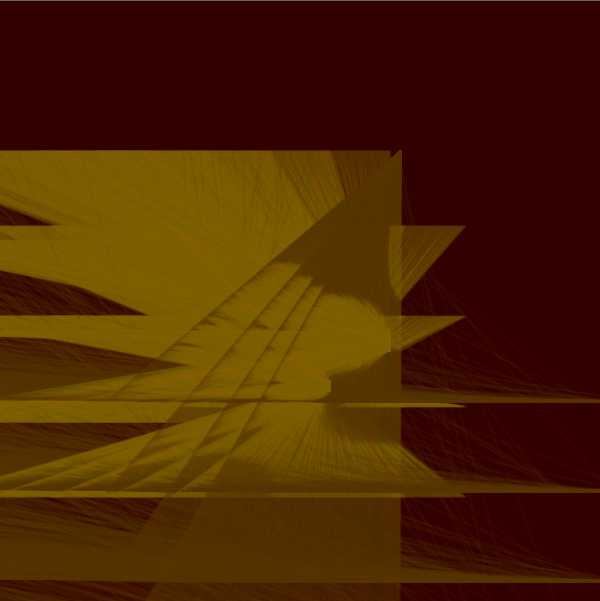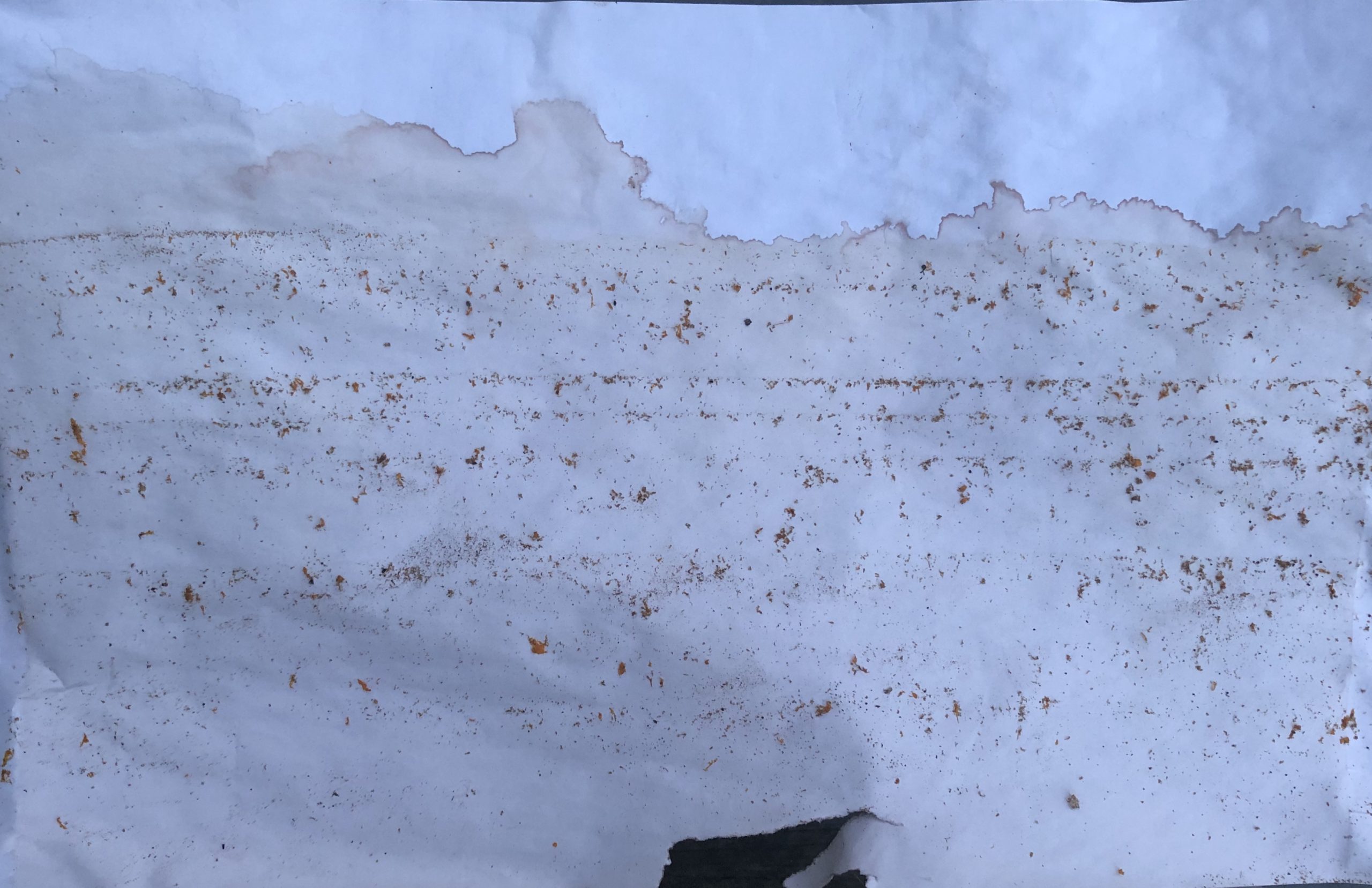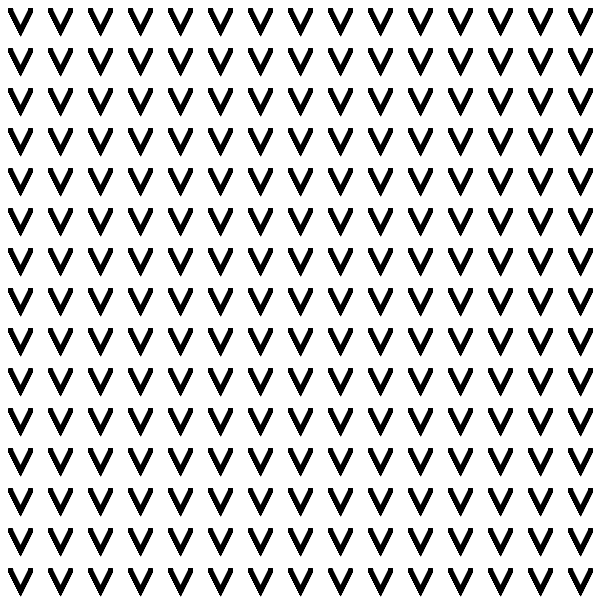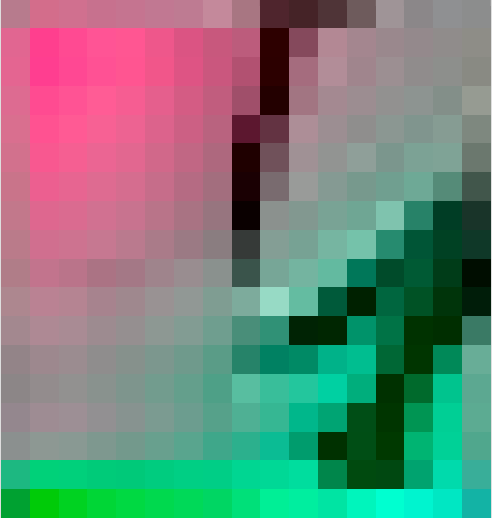

My first experience with drawing machines was glitch art. At first I slowly made small changes, observing and then reacting to them as a way of learning. I found that this approach was too boring and tedious. I was not making much progress in understanding how the computer reads the image file. I felt like I was working against the machine, trying to bend the image outcome.
I began to make quick, large changes. This resulted in the file crashing. I eventually settled on a semi-erratic approach to adding text to the file. The text I added was from other images or directly from the image I was corrupting. The majority of images I made I found uninteresting because of the uniform, long and thin rectangles that covered the original image. There were highly detailed, small parts of the image that were lost because of the mess of the image. I decided to focus on those small, highly detailed parts. 01 glitch and 02 glitch were roughly 10×10 pixels in the original image. Zooming in and moving through the image to find tiles that caught my eye was a process I enjoyed. The image looked completely different on such a small scale. I realized that the machine was producing something highly variable and unique that I could not produce on my own. To see this I had to look at the image in a different way to appreciate what had happened.
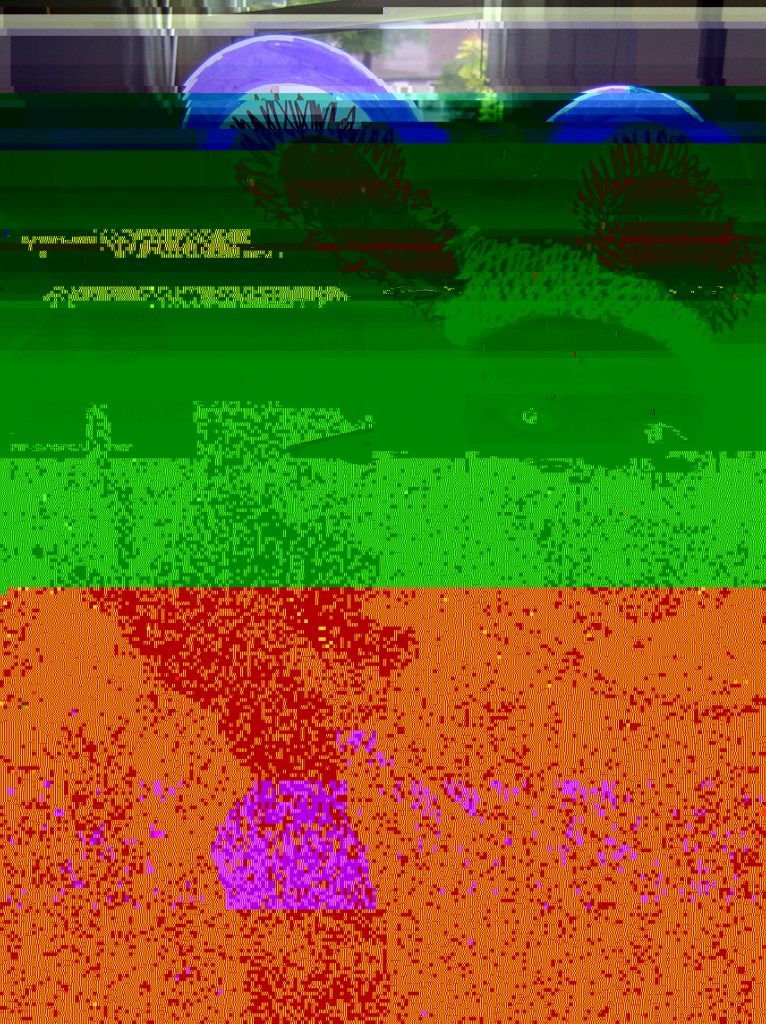
In 03 Glitch I used an older picture, and the long thin rectangles did not appear. The process this time went more smoothly. It is possible the smoothness contributed to why I don’t like the it as much as the ones from my first try. Part of the process of working with machines is a push and a pull that you get from working with something besides yourself. I did not feel as much of this push and pull in this process. The machine did not throw many surprises at me. While surprises can be frustrating at times, it is them and unpredictability that I enjoy from working with machines. What I like about this image the most is that when it’s uploaded the glitch changes. The piece changes after it is ‘finished’, apart from my control.
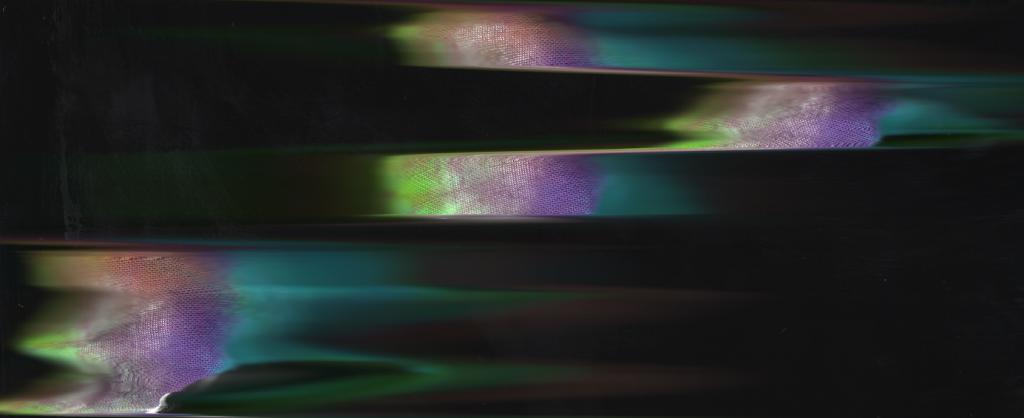
At first I used harsh, direct, close light from a flashlight. However, these scans did not have a lot of color. I took a tie dyed cloth and wrapped it around the bulb of the flash light. The flashlight was always touching the glass, but I angled it so as the bar moved I lifted the flash light from a laying position to being perpendicular to the glass. The scan was done on 1200 resolution and picked up the weaving in the cloth. The woven and colorful grid patter that came out of the high-resolution scan is familiar to the first two glitches I did. While the detail that the scanner provided was exciting to work with, what I enjoyed most was how the scanner picked up movement. The streaky, aurora borealis like shadows that the flashlight and cloth made was something that I completely did not expect from these two materials. Textures scanners can produce from movement and a few simple things was what I enjoyed about working with this machine.
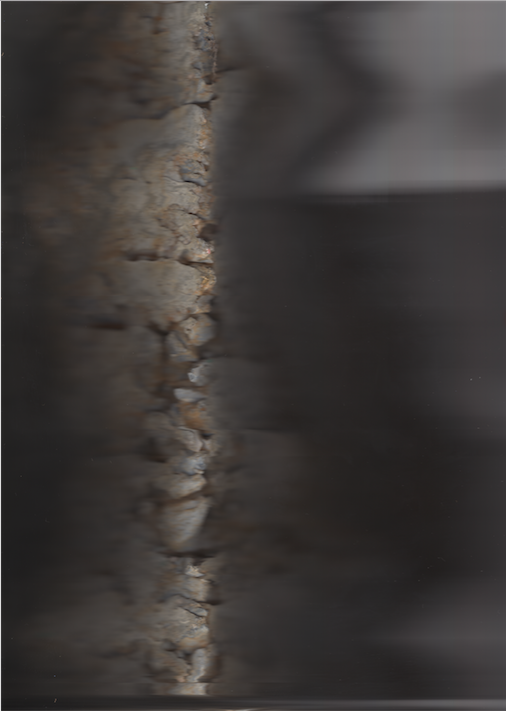
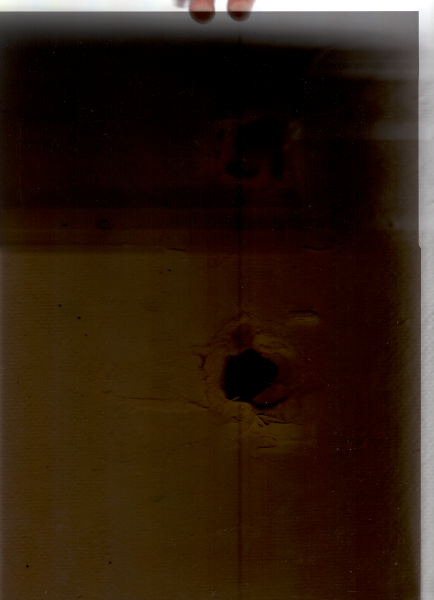
I did do some research into how scanners work before I started working with them. Knowing how the distance from the glass affected the scan gave me a property of the machine to target and mess with. For the 03 and 02 scan I wanted to see how the scanner’s perspective of depth affected the capturing of objects or surfaces when treated like a camera. For 02 scan I scanned the corner of a pillar. I wanted to see how the scanner handled a very pronounced perspective, like a head on view of a 90 degree corner. I held the scanner vertical, so the bar moved down the corner. As the bar moved down, I slowly tilted the entire scanner left to right so it could pick up on the sides of the corner. For 03 scan I used a black plastic sheet placed directly on the glass and held the scanner up to a wall. The wall was white, but the scanner picked up a orangish brown color from the black plastic. What the scanner sees in terms of perspective or color is different from what I do. Working with it can be difficult because you don’t know what the machine will pick up on. I found it works best to have to have flexibility when working with machines.


I have not worked with materials in awhile and in the switch from a digital to material process I had to re-learn lessons. I had to reteach myself that I can’t think through and plan what will happen with a moving machine. I worked best when I could hold the machine and experience the movement of a certain linkage instead of visualizing it. I made many variations of my machine and had to remind myself that when I had an idea I needed to try it and not think about it. I was engaged with the machine when it was not the movement of holding the pencil and working around the tension in the machine but when you could hold the machine and have the effects of your movements translated by the tension. In the above machine you hold on to the two handles opposite of the marker and pencil and are able to move both independently. The small stick that juts off near the pencil helps readjust the mechanism. The user is meant to, consciously or subconsciously, act with the blue straight lines through their and the machines thin squiggly ones.
There is an art of machines that involves a surprising process. It requires experimentation and looking at the outcome with open-mindedness, which allows you to see the unexpected results.
